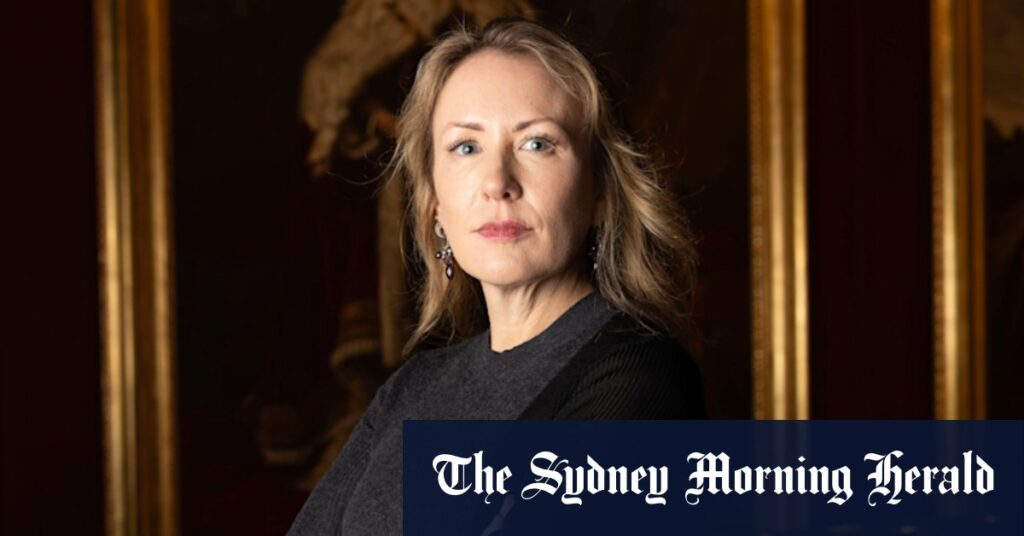The department declined to provide figures for each risk rating but said that as of August 1, about 82 per cent of services were rated in the very low, low or medium risk categories, while fewer than 5 per cent were in the highest risk category.
Loading
Child protection advocate Hetty Johnston said the current system was “incompetence on steroids”.
“Systems seem to want to hide information from the public,” she said. “Hiding behind privacy [concerns] has become the norm, and the penalty society pays for that is becoming ever more apparent.”
More than 130,000 documents tabled to parliament by Boyd show public ratings can mask serious risks. The Herald viewed documents from several cases where centres with exemplar quality ratings were flagged as high risk.
There is no way for parents to view these internal ratings, which have only now come to light due to the release of documents to parliament.
The shadow rating system was flagged by an independent review into the childcare sector by former deputy NSW Ombudsman Chris Wheeler.
The review examined 34 serious incident reports with “a difference” between the centre involved’s public quality rating, which it noted could be years old, and its risk rating at the time of the investigation.
Of the 34, one-third involved services “exceeding NQS” – the highest quality rating – but with an internal risk rating of “very high” or “high”.
At one centre rated as “exceeding” the NQS, an educator allegedly “shoulder charged” a child, used inappropriate language and was seen with “hand down pants while serving food to child”.
The educator was suspended and later resigned, but parents would not know about the incident without requesting the centre’s compliance history. Internal documents reveal the centre had been flagged as “very high risk”.
At another centre “exceeding” standards, an educator was working under the influence of drugs and alcohol. Despite the glowing public score, the internal risk rating was “high”.
The report said the comparison of the two rating systems “strongly suggests that there may often be a need for more up-to-date information available to parents and carers about the quality of education and care available in some services”.
Boyd said there were considerable differences between the two ratings, with the internal rating seen as “far more accurate”.
Loading
“Services will know when they’re about to be rated. They get prepared for it … whereas what you have with the regulator’s ‘secret’ or ‘shadow’ rating system is real data based on, the likelihood of that centre being not in compliance, as well as the record of the compliance breaches,” she said.
A spokesperson for the NSW Early Childhood Education and Care Regulatory Authority said the government “looked forward to introducing changes in the near future to increase transparency to families”.
“In the meantime, early learning services are required to provide families with a copy of their compliance history upon request. We would encourage parents and carers to request this information,” they said.
Earlier this month, Australia’s education ministers met to discuss child safety in early education and care. They agreed to an $189 million childcare funding package, trialling CCTV cameras in up to 300 childcare centres to guard against abuse, and banning workers from using their phones on the job.
The Morning Edition newsletter is our guide to the day’s most important and interesting stories, analysis and insights. Sign up here.
Read the full article here


